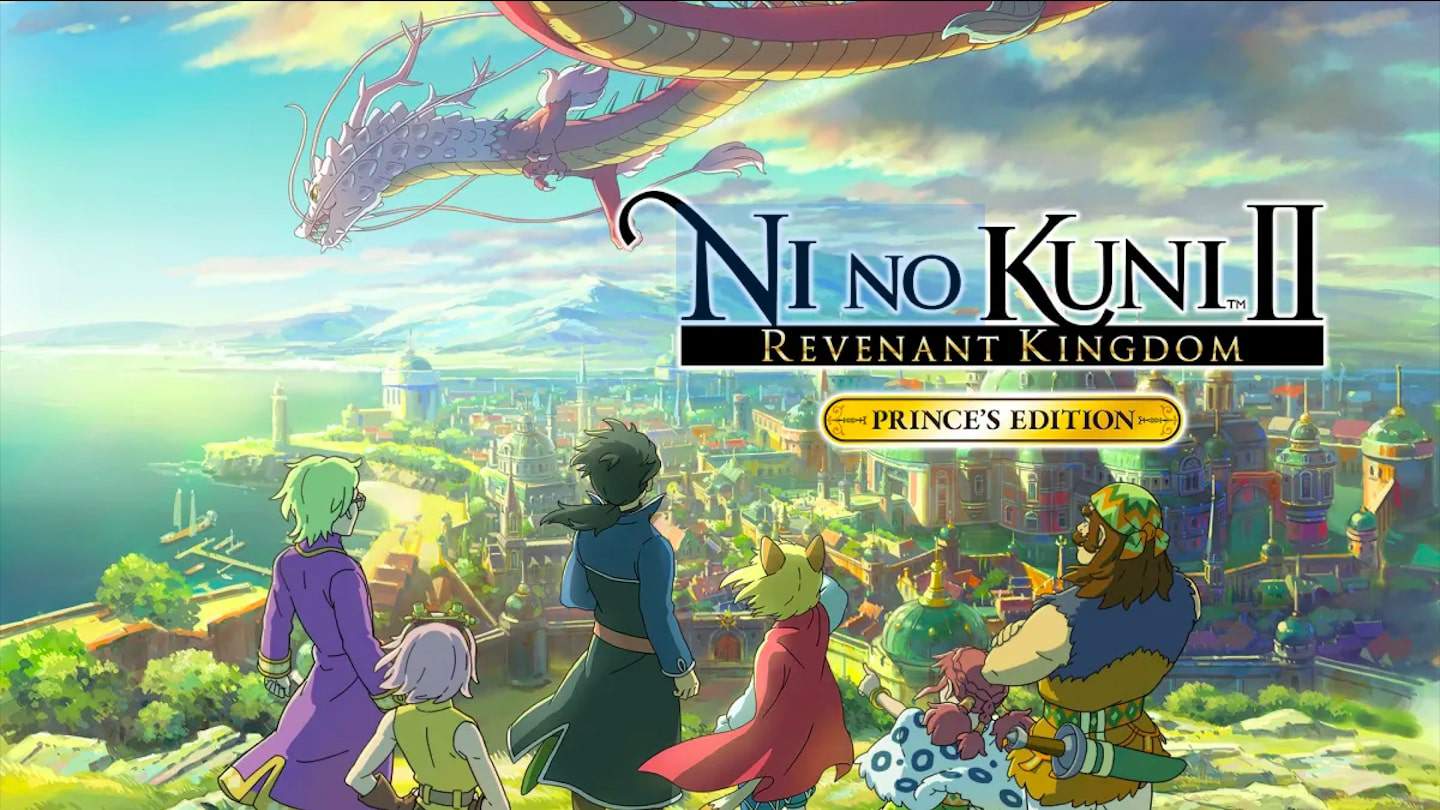Ni No Kuni II: Revenant Kingdom is a hybrid JRPG and city management simulator created by Level-5 and released worldwide on March 23rd, 2018, by Bandai Namco and Level-5. In many ways, this is one of the most original JRPGs put out in years. To find anything similar, you’ll need to go back to 1990 with the first act raiser, where most JRPGs employ only two modes of gameplay, namely the exploration and the battle, but this game employs several.
The game shares many virtues with its previous game, Ni No Kuni: Wraths Of The White Witch, such as magnificent visuals, characters you can engage in, and plenty of charm. However, this game was launched in a world where JRPGs are no longer dormant but rather resurgent.
Throughout the game, you’ll explore a vibrant, fantastical world filled with monsters, magic, and mysterious dungeons. You’ll engage in fast-paced, real-time combat against various enemies and level up your characters to learn new abilities and skills.
- Platforms: Windows, PlayStation 4
- Developer: Level-5
- Publisher: Bandai Namco Entertainment
- Genres: Action, Role-playing Video Games
- Mode: Single-player video game
Also Read: Street Fighter: Duel Review
Ni No Kuni II: Revenant Kingdom Story
The story is set several hundred years after the Ni No Kuni: Wrath of the White Witch, and you’ll be playing as an entirely new cast. The game’s main characters are Roland, the President, and Evan, the King.
These main characters are from different worlds, but the plot brings them together. Roland lands in Evan’s lap after a nuclear missile is seen exploding in the distance, forcing him into another dimension. The main crux of Ni No Kuni II sees them band together, followed by many other companions like Tani, Batu, Leander, and Bracken as they try to rebuild Evan’s kingdom.
Ni No Kuni II: Revenant Kingdom is the sweet narrative of Evan, who is asked to purchase traders on the day of his crowning and desires to unify warring nations beneath a flag of peace armed with firm principles. He consistently demolished evil opponents to build a peaceful kingdom. He considers that the evils are also good at heart, but the evil powers are perverting them.
This game devotes significant time to exploring exotic communities, enhancing the traditional RPG story to something considerably more intriguing than you may think.
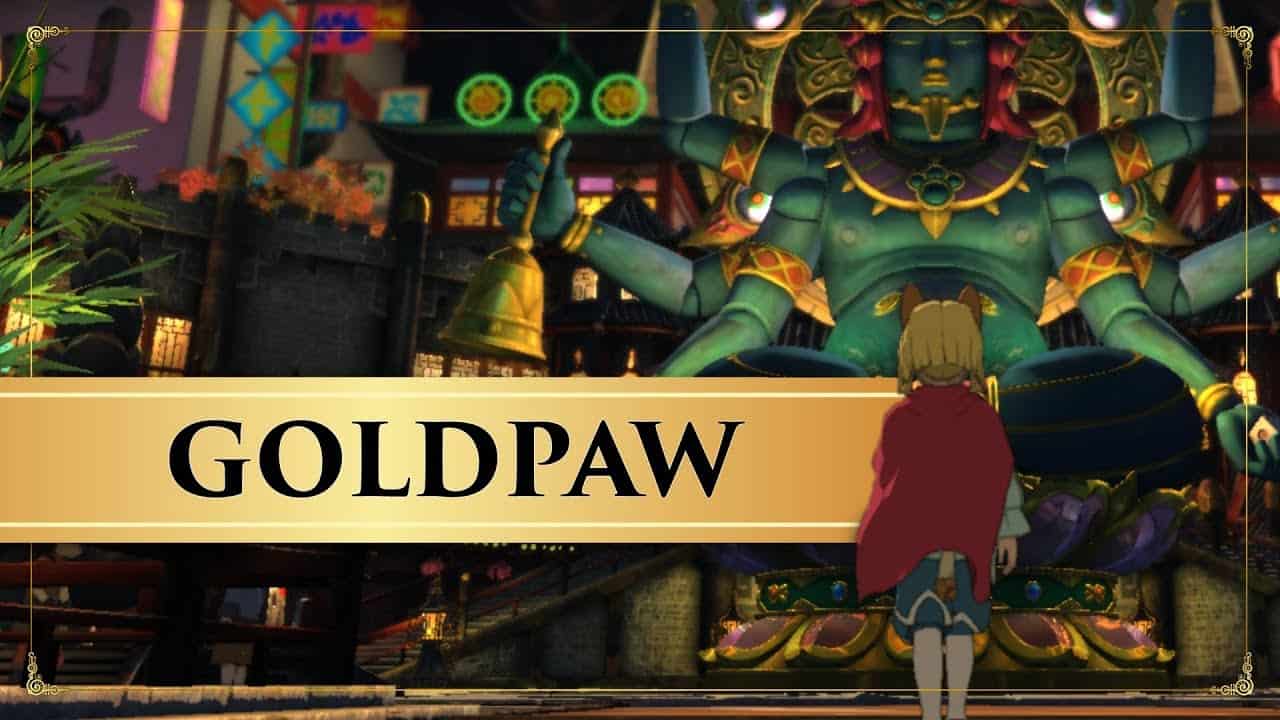
Also Read: Ghostwire: Tokyo Review
Nation Building
On top of standard combat, you also have the nation-building side of the game. As you progress through the story, you build this new nation and collect new people. The people want to come and live with you, and you build your town up. The town has different city centers and buildings, and you can send those people to man those buildings, conduct research for you, or get items for you.
This part of the game is pretty fun. It’s simple and feels a lot like a mobile game where you’re waiting to collect money that you can spend to upgrade your kingdom. It’s a nice little treadmill to keep running on while spinning your wheels with the story.
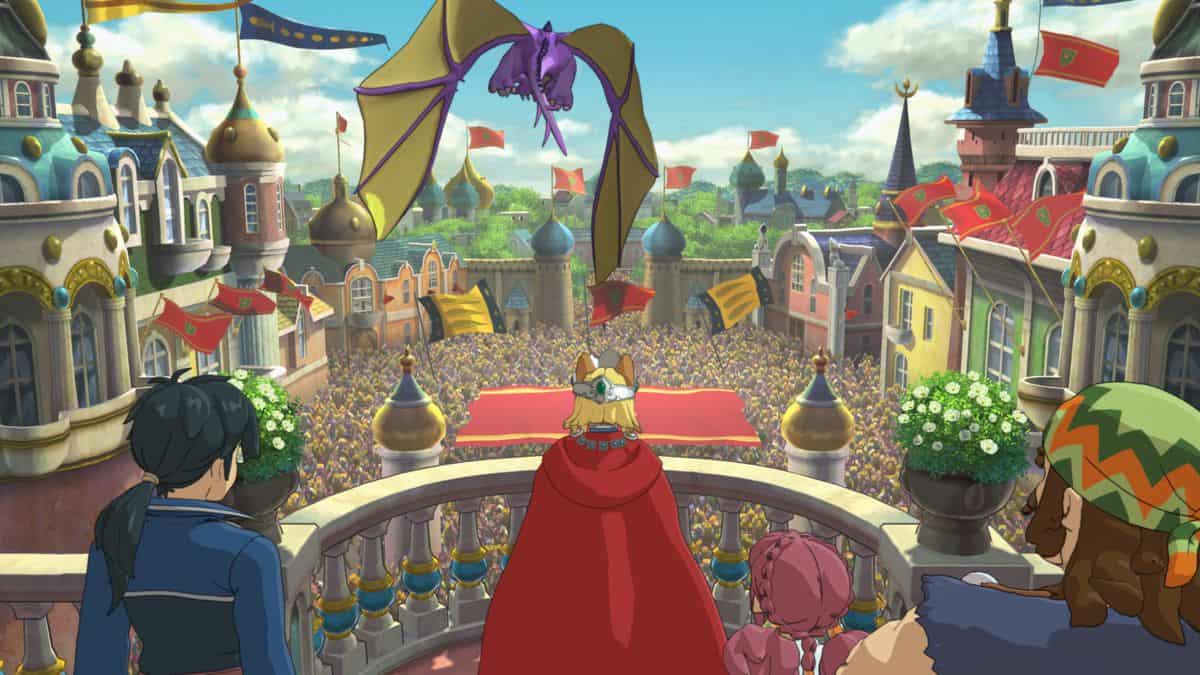
Also Read: Games Similar To Tower Of Fantasy That Everyone Should Try
Ni No Kuni II: Revenant Kingdom Quests
Some adequately crazy side quests in the odd, truly humorous moments pour life into the setting. The game’s development by level-5 has done an excellent job of establishing various areas to visit. For example, you’ll visit an Eastern-flavored metropolis where all decisions are determined on the roll of the dice and a sea planet where literal big-eye police closely check the populace’s every move.
You begin with a modest camp and progress to a town and further by engaging in highly intriguing side missions. Most side tasks enable you to bring in additional people, who can be allocated specialized roles and assist in research.
There are numerous options to take on missions at your current level to modestly increase your potency against a specific element or foe type. It’s a useful way to punch beyond your weight when facing an opponent 10 to 20 levels ahead of you. If you can conquer impossible circumstances, you can feel great, achieving victory through savvy planning and masterful performance.
The greater goal of obtaining quests is to level your characters and attempt to stabilize your kingdom. Quests pay off when you bring back the abundant crafting materials available in the environment to strengthen the abilities you have and unlock new ones.
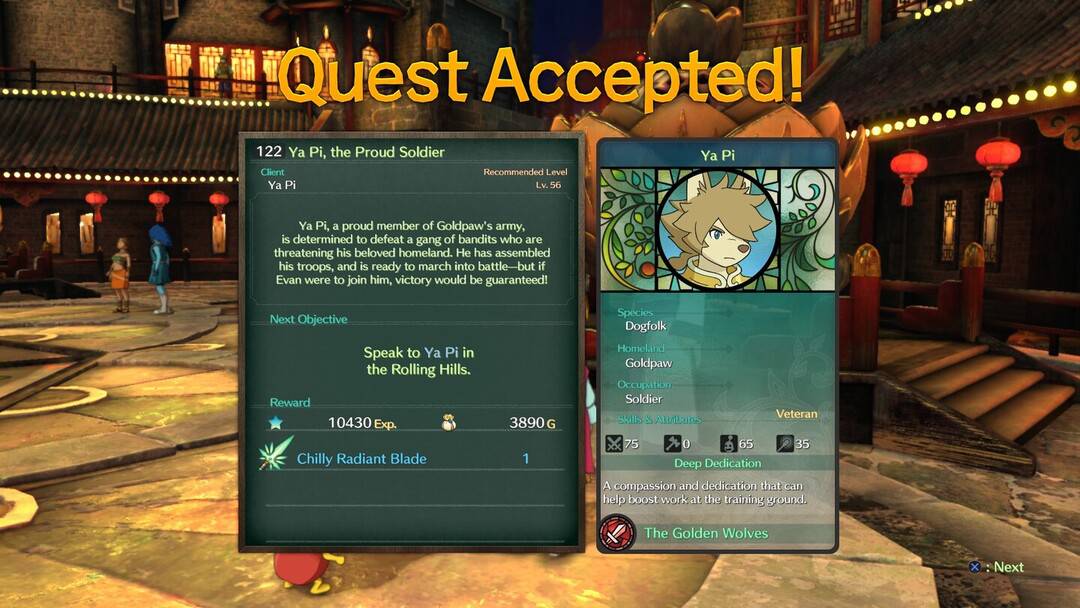
Also Read: Scars Above Review
Ni No Kuni II: Revenant Kingdom Gameplay
Ni No Kuni II: Revenant Kingdom is a real-time fighting game except for pauses to devour goods. The game’s infantile air battles are shockingly difficult. Your team comprises three buddies and four Higgledies, precious small silly familiars who randomly deliver buffs and attacks throughout the battle.
You can only control one person at a time, but that alone gives you three melee weapons to manage – a ranged weapon, magic skills, and interlinked meters to monitor the strength. On top of defensive concerns, you must always be aware of your surroundings to block or dodge incoming attacks.
It may take some time to get used to handling all of these systems simultaneously, but you’re never at a loss because your team is willing to help you. Your teammates can take care of themselves, for the most part, in combat fairly. The AI-controlled pals excel at self-preservation and doing damage, while the Higgledy friends frequently provide flashes of healing magic or devastating strikes to keep things moving.
You have normal and strong attacks and four abilities you can use. They try adding complexity by letting you bring three weapons into battle. You can switch between them on the fly, and as you do, you will charge them up, so if you get one to a hundred percent, then you use an ability with it, and the ability does more damage and is stronger.
When you beat an enemy, they drop loot that might be money or items. Most items have a purpose in the game and can be traded or bartered if they don’t. There are key items that progress the story. You may need a certain quantity of them to do business with a certain person. Anyone who wants to push the limits of their kingdom can easily pour a dozen hours into forging new developments and reaping greater financial and practical rewards.
You can purchase items for your kingdom, which is a great touch. Initially, this is quite optional. However, it is unfortunately used as a checkpoint system for progress, forcing the player to go and grind for certain items to improve and build up the town. There’s a good chance you may never notice that because you were building up your town and taking your time anyway.
A tactics panel is a slider between two extremes and shifts your team’s tactics. It also shifts things like what you’re immune to, where your party’s strength is, and how the game rewards your efforts. It allows a sort of fluidity that you don’t see a lot.
You may complete the game without struggling at all. It is intended to prevent you from losing interest in unneeded encounters because low-level adversaries ignore you until you run into them deliberately. Knowing you can avoid minor disputes makes discovering the world more appealing and assures you’re solely concentrating on things that need your attention.
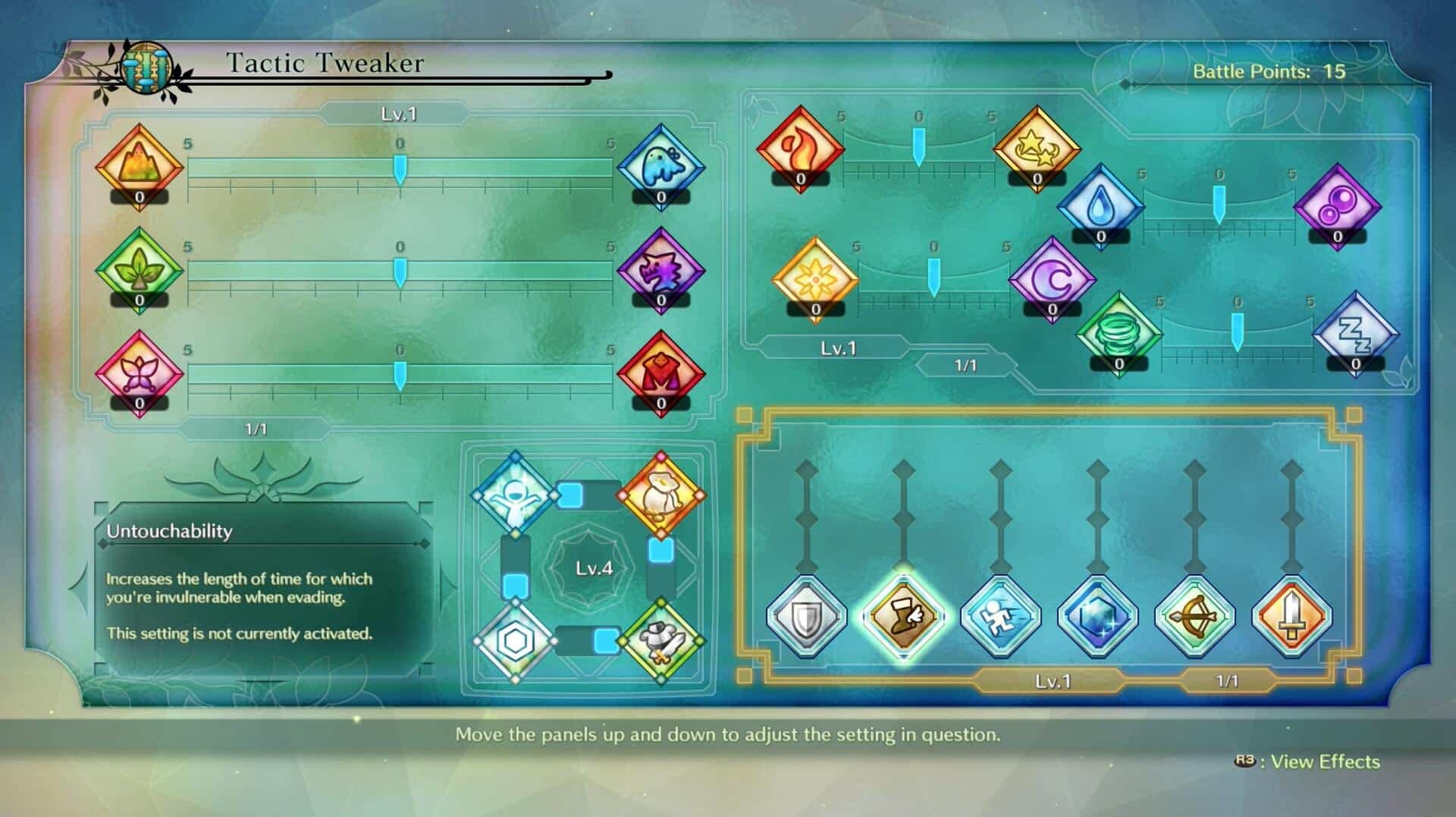
Also Read: Sudden Strike 4 Review: The Legendary Strategy Game Back With Their Latest Sequel
Ni No Kuni II: Revenant Kingdom Combat
Ni No Kuni II: Revenant Kingdom introduces a brand new combat system. This is entirely real-time and feels wonderfully fast and responsive. You’re leaping at enemies with light and heavy attacks, casting spells, diving, rolling to avoid damage, and letting your team members care for themselves.
It’s a big change but great fun, and the fact that fallen foes are constantly dropping loot only adds to the action RPG feel. Yet the Revenant Kingdom is not a hard game overall, and while brainlessly cutting down enemies has a certain appeal when the combat feels this snappy. If you’re playing in the normal mode, don’t expect any real challenge from enemies. The vast majority of bosses are even defeated in one shot.
Some skirmishes are very poorly balanced and unrewarding. It is more like an RTS mode, and it also feels very underdeveloped and tacked on, but of course, you can’t ignore it. You get to the final part of the game after ignoring it for the whole narrative and find out that there’s a skirmish you have to do to get to the final boss. It’s unavoidable, and you must ensure your armies are level 25.

Also Read: Returnal (PC Version) Review: An Absolute Mind-Wreck Game You Need To Play
Ni No Kuni II: Revenant Kingdom Visuals And Soundtrack
Ni No Kuni II: Revenant Kingdom has a very decent resolution. They’ve carried the ghibli style; it looks delightful from an animation and visual quality standpoint. The player’s garments blow in the wind as they run around, and the environments are quite strong.
Shadow resolution has held up nicely. Every character and item casts a shadow. However, the level of detailed draw distance on the dynamic shadows cast in the world is quite close to the player, and you will be able to see this moving backward and forward as it disappears and reappears in the world.
Ni No Kuni II: Revenant Kingdom has a more successful score in terms of how it synergizes with the on-screen action, although it doesn’t always escape that feeling of mismatch between what you’re hearing and seeing. Visuals and performance are passable, and image quality is very good, but know that in those larger areas of maps, you will experience a significant slowdown.
The sound effects are good in combat; the hacking and slashing sound appropriate, but unlike other games, it isn’t voice-acted in every scene and is quite jarring. The soundtrack is very good, nothing less of which would be expected from the legendary Joe Hisaishi, and the voice acting of the main characters is solid enough, particularly in comparison to other RPG games.

Also Read: Deliver Us Mars Review: Is It Worth Playing
Ni No Kuni II: Revenant Kingdom Controls
Ni No Kuni II: Revenant Kingdom has a whimsical setting, demanding combat, and the tangible feeling of growth that comes from being a well-rounded ruler. There’s something worthwhile around every corner and usually something pretty to admire.
You can switch between your different weapons to choose the best weapon, which is useful for performing some special abilities. You can use the right trigger and then a combination of the a,b, x, and y to perform any magic abilities the weapon has, and you can dodge, roll, and lock.
The Higgledies little creatures will aid you in battle, and you’ll unlock new ones with different elemental effects. They may create an area in which you can press, and they’ll start firing off cannon shots, or if you leave them, they’ll passively heal you.
There is a synergy system whereby pairing up the right ones will increase their potency. There can’t be an argument that combat is too easy because simply choosing two harder modes makes the game significantly more difficult. You can switch that on the fly in the menu at any point.
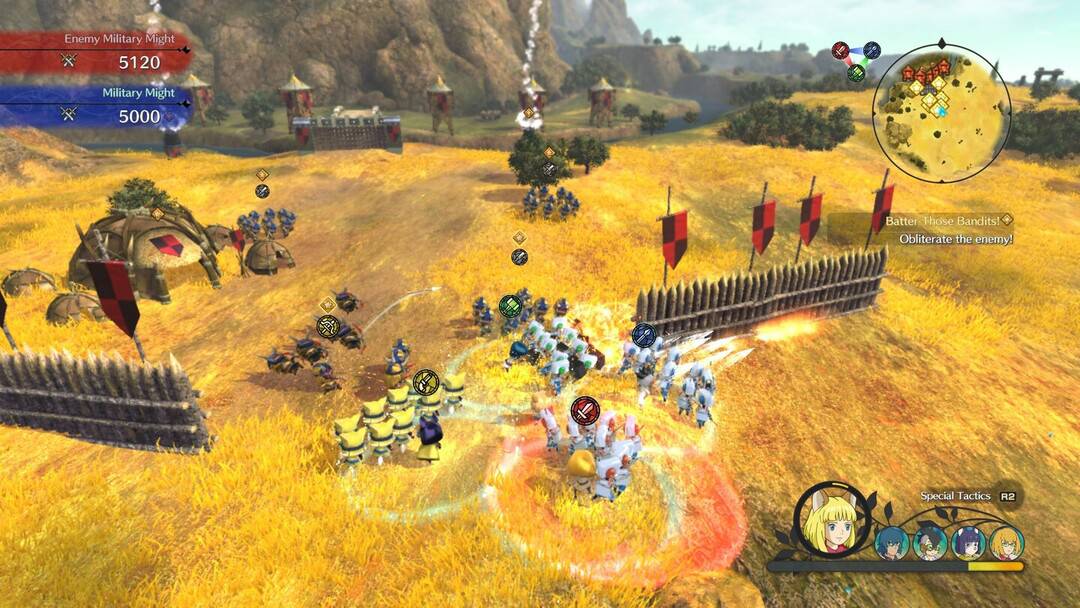
Also Read: 25 Games Like Semantle You Can Play
Final Verdict
Despite its outstanding qualities, Ni No Kuni II: Revenant Kingdom bears some obvious flaws. Combat feels oversimplified or much less cumbersome and streamlined, depending on your perspective and when you’ve got the controls. It’s a meaty fun adventure but missing the deep characters and challenges that usually come with a JRPG of this scope. Some of the movement animations are a little bit clumsy.
The game’s storytelling is horrible, which is a shame because the beginning does hook you pretty well, but the narrative can’t sustain itself after the first hour. It’s unfortunate because that was one of the first game’s strengths.
The game is very underdeveloped. There is the minimal voice acting, and the towns; the characters all feel bland and generic. If you prefer action combat, you will like this game.
Our Rating: ⭐️ 2.8/ 5

